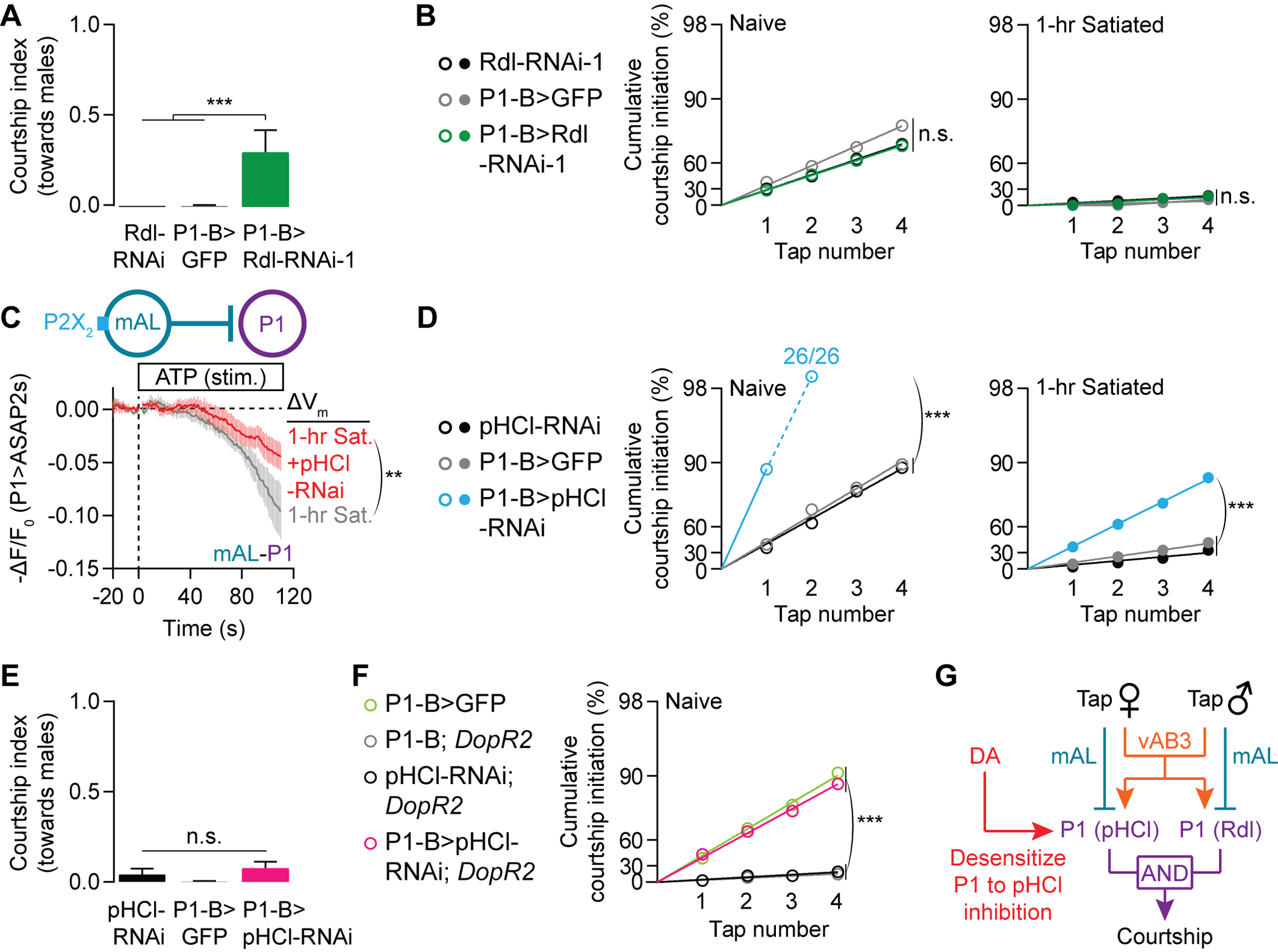Figure 4. Dopamine tunes P1’s response to inhibition from female contact.

(A-B) RNAi knockdown of Rdl in P1 neurons increases courtship of male (A) but not female (B) targets (A: Mean ± S.E.M., one-way ANOVA, n = 13–16 males; B: bootstrap, left: n = 28–30, right: n = 28–33). See Figures S5F–S5G for similar results using a second, independent Rdl-RNAi line. (C) pHCl knockdown in P1 neurons decreases the inhibitory effect of mAL in 1-hour satiated males, as indicated by a smaller deflection from baseline reported by the ASAP2s voltage sensor (t-test of min -ΔF/F0, n = 8 males each) (Chamberland et al., 2017). (D-E) Knocking down pHCl in P1 neurons increases courtship of female (D) but not male (E) targets (D: bootstrap, left: n = 26–29 males, right: n = 24–30; E: Mean ± S.E.M., one-way ANOVA, n = 11 – 30). (F) pHCl knockdown in P1 neurons rescues the low courtship probability phenotype in naïve males lacking the DopR2 receptor (bootstrap, n = 30–42 males). (G) pHCl and Rdl convey motivation-dependent and sensory-dependent inhibition to P1 neurons, respectively.
